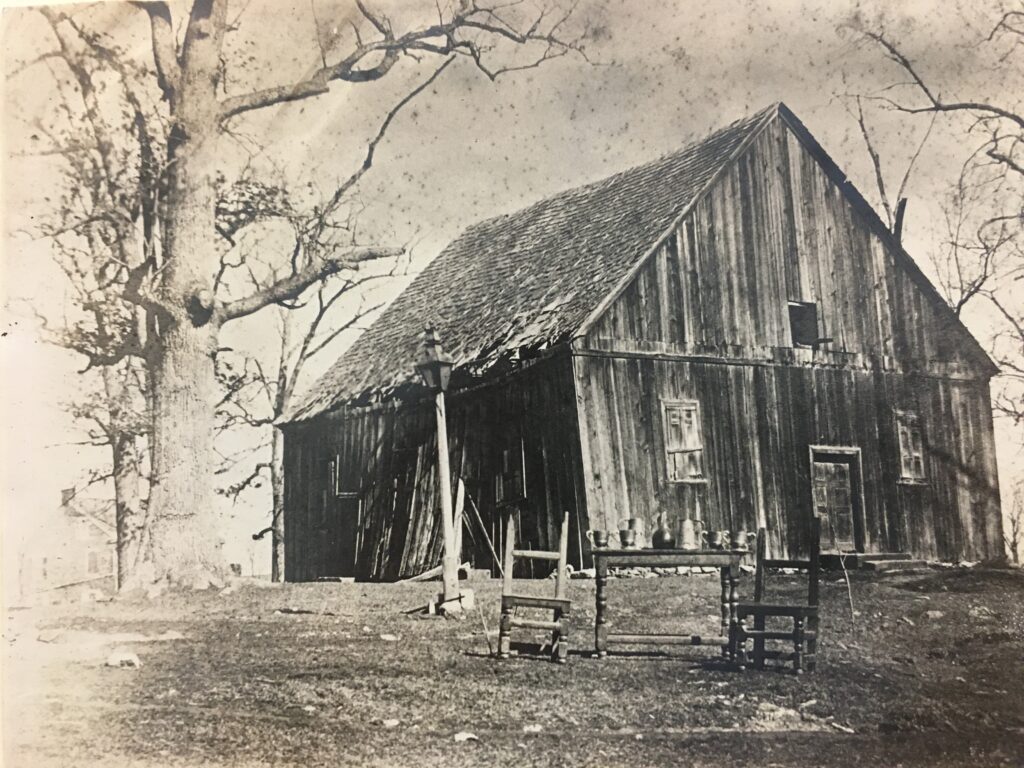Courtney McKinney-Whitaker • Derry Member
June 13, 2024
Because most of our historical records were lost in a fire at the end of the 19th century, we know very little about Derry Church during this time. What is clear is that during the 19th century, Derry endured a period of significant decline. There are a variety of probable causes: many of the traditionally Presbyterian and ever peripatetic Scots-Irish moved on from the area, seeking new lands to the south and west, and the ethnic character of the area became increasingly German. Those who remained nearby may have abandoned Presbyterianism, a denomination still focused on formal religious education and entrenched in polity, for the more exciting Methodist and Baptist revivals of the Second Great Awakening, as those denominations came to dominate the American religious landscape.
After Rev. Nathaniel Snowden left Derry and Paxton in 1796, Derry Church struggled to keep a pastor for another decade. In 1799, Rev. Joshua A. Williams accepted a call to Derry and Paxton, but he departed for another position only three years later. Derry then called Rev. James Adair, who died before his installation. Not until 1807 did Derry and Paxton extend a call to the Rev. James Russell Sharon, but it seems to have been worth the wait. Rev. Sharon served both churches for 36 years, until his death in 1843. At that point, Derry and Paxton called the Rev. Albert Marshal Boggs, who served from 1844-1847 before resigning from the ministry. Following a three-year vacancy, the Rev. Andrew Dinsmore Mitchell served Derry and Paxton for the quarter-century from 1850-1874, when he resigned to become an army chaplain.
Derry Township remained a rural farming community until the 20th century. However, in the early 19th century the Horseshoe and Reading Turnpikes (now known as State Roads 322 and 422) and the Union Canal linked the area to the wider world, providing transportation for farm goods and raw materials such as lumber and limestone. Most significant for Derry Church was the arrival of the Lebanon Valley Railroad in 1858 as the tracks passed uncomfortably close to Derry’s cemetery. The wooden topper on the cemetery wall had to be removed due to the frequency of catching fire from railroad sparks!
Even as church membership declined, the community grew. The one-room schoolhouse now on Mansion Road was built in 1844 to serve the village of Derry Church, an area encompassing around one to two miles from the church. It was the first one-room schoolhouse in Derry Township, and it operated until 1904. (Six-year-old Milton Hershey attended school there during the winter of 1863-64.) From 1858 to about 1900, Derry Church rented the Session House to the community of Derry Church for use as a post office.
By 1883, only a few members remained at Derry Church, and the 1769 building known as “Old Derry” was dangerously unstable and had to be torn down. Luckily, community organizations such as the Dauphin County Historical Society and the Harrisburg Historical Society, as well as descendants of early members, recognized Derry’s historical significance as one of the earliest churches in the area and stepped in with $7,000 to build a stone chapel. Other area churches donated money for the stained glass windows, which honor Derry’s early ministers.
As funds were raised over time, the Chapel was built over the course of four years and dedicated in 1887. The original Memorial Chapel consisted of a sanctuary with a chancel, a west transept used by the choir and Sunday School, and a bell tower. The chapel still contains some items from Old Derry, including the Lord’s Table and two chairs. The 1831 pulpit hangs on the wall of the east transept in our sanctuary, and we continue to use the pewter communion set originally purchased for use at Old Derry.
The 19th century was nearly fatal for Derry Church. Most of the original founders and their descendants had moved on, and the church building itself was crumbling. But a time of renewed energy and church life was coming. In some respects, Derry Church died and was reborn at the end of the 19th century, and the true ancestors of the church we know today are those who built the stone chapel and breathed new life into Derry during the Sunday School movement, which you will read about in next month’s article.